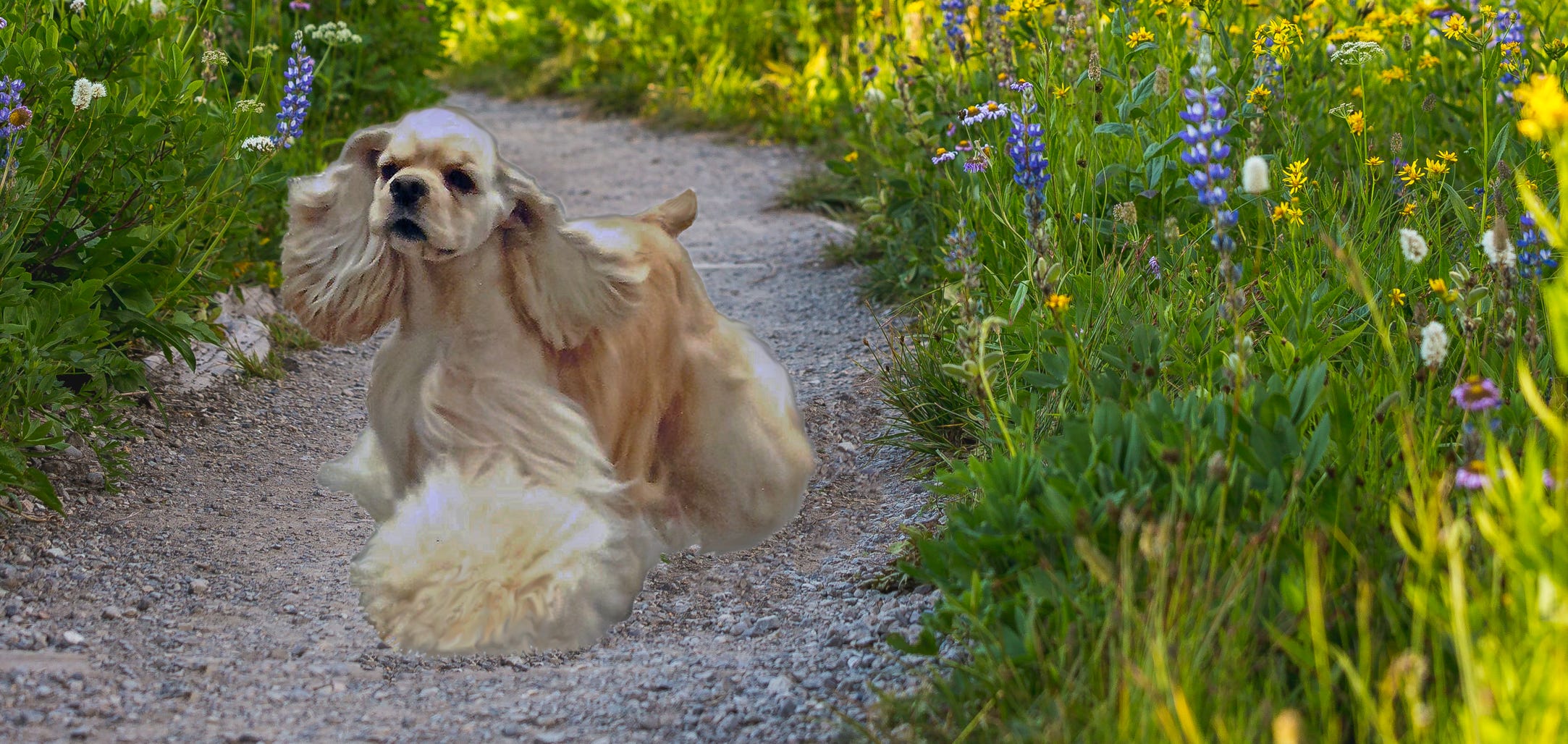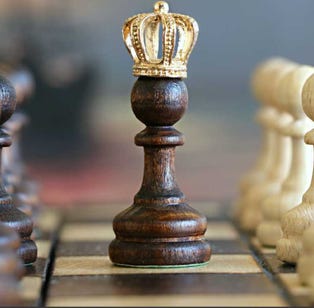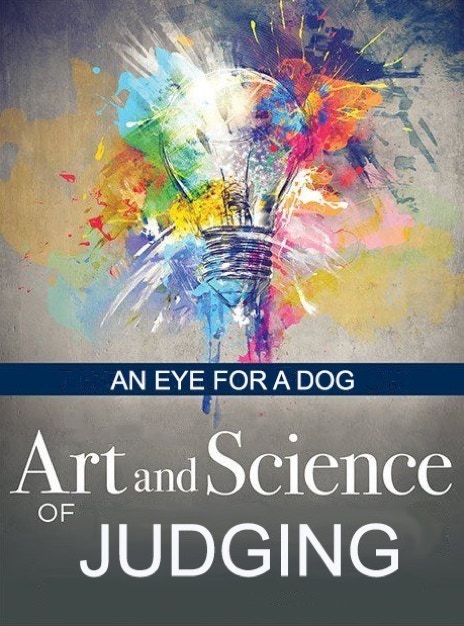
KEY TO THE PUZZLE!

Lorem ipsum dolor sit
UP YOUR DOG SHOW GAME

KEY TO THE PUZZLE!

Lorem ipsum dolor sit
UP YOUR DOG SHOW GAME
Judging dogs is a combination of
art and science,
and the really good judges
(and breeders) are blessed with
and understand the perfect
combination of the two.
Portions of an article written by Gretchen Bernardi
(Reading time: 4 min 45 sec)
Knowledgeable, competent, and honest judges are essential to the showing and breeding of quality purebred dogs. Judges are an integral part of the very foundation of our sport upon which almost everything we do depends, that is, if we are still interested in quality.
Some still look to the show ring for evaluation of their breeding stock. But we tend to overlook the most important element in the judging equation: maintaining and/or improving our dogs and the breeds they represent. Excellence in our breeds is more important than show entries, majors or win records, and if we are not pursuing that, then just what are we doing? If we want excellence in our dogs, we need excellence in our judges.
The great Bull Terrier breeder Raymond Oppenheimer cared deeply about his beloved breed and understood this need. He said, "No breed can long continue to progress if it is consistently badly judged because sooner or later, a general air of confusion will grow so that neither the experienced dog breeder nor the novice knows what to do next. It is therefore of great importance that everybody connected with shows should understand clearly what the term ‘a good judge’ implies so that only men and women who qualify for such a description shall be appointed to officiate on important occasions.”
Why? He goes on to explain, "If the wrong animals are put up consistently, they are liable to be chosen for breeding, which is likely to have a harmful effect on the breed concerned. So it is very important that a high level of judging be maintained, especially at important shows (the breed club and general championship shows), for unless this happens, the general standard of the dogs will almost certainly deteriorate.”
Why do we seem to forget that an important element for a great judge is that mysterious element we call "an eye for a dog.” All the great judges had/have it, usually without knowing it because it is so natural to them.
Tom Horner, the well-known English judge and journalist, is reported to have said that breed standards are like "The Lord’s Prayer.” ”Even a child can memorize the prayer, but it takes a lifetime to completely understand it.” He was another admired judge who clearly understood the art/science balance in judging.
In his Take Them Round, Please: The Art of Judging Dogs, Mr. Horner writes, "Judging is both an art and a science: It is an art because the decisions with which a judge is constantly faced are very often based on considerations of an intangible nature that cannot be recognized intuitively. It is also a science, because without a sound knowledge of a dog’s points and anatomy, a judge cannot make a proper assessment of it whether it is standing or in motion.”
In acknowledging the essential gift of talent, he writes, "Knowledge, decisiveness, integrity and the rest of the necessary qualities are useless without one vital possession — ‘an eye for a dog,’ which is the ability that every good judge has to recognize at a glance whether a dog is right or wrong, good, bad or indifferent.”
A priceless gift, without which no one can make a real success of judging, it is acquired by the long and painstaking study of anatomy, breed standards, high-class dogs and poor ones, breed books, photographs, and so on, until it becomes an instinctive skill to weigh up the merits of a dog, almost on first sight.”
If we can accept the proposition that science and art are both necessary parts of the good judging equation, how do we try to achieve that in our judges, the ones in our future who are just entering the approval process or applying for additional breeds? Most of the people quoted above agreed that these qualities can be attained or, at least, our natural talents can be improved upon. The question is, how? I have a few suggestions.
Does anyone read anymore? There are excellent books in print that would add to everyone’s existing knowledge of dogs, written by people who have talent and experience. In his excellent book,Solving the Mysteries of Breed Type, the author/judgeRichard Beauchamp discusses the value of reading expertly written books for both dog breeders and judges and gives examples of specific ones that he has found valuable in his judging career. Why is reading one of these books not an acceptable component, even a requirement, in the application process? Is having aspiring judges write book reports such a bad idea?
There is nothing to compare with getting your hands on dogs and on as many dogs as possible. We’re all at dog shows, and it takes very little time and effort to ask an exhibitor outside the ring if we can go over a dog. It may not be a breed we are interested in judging at that moment , but it may still enlighten us as to structure or coat texture. And it doesn’t have to be a great dog or even a good one. How a dog feels under our hands and learning by experience what that feeling means is enlightening, even as we try not to listen to the owner tell us about the dog’s wins and rankings.
Could we require all aspiring judges to write a critique of the dogs judged during the permit phase of the approval process? Writing a critique requires the judge to focus on what he or she saw and forces that judge to prove or disprove his or her actual knowledge of the standard.
Of course, writing a critique takes time, and yes, it might slow down the ring a little. But couldn’t we allow fewer dogs to be judged per hour in the pursuit of better judging, better dogs, and better breeds? It is a valuable tool for learning as well as evaluating, and I have known some of our best judges to sit ringside and write critiques on the dogs being observed, even dogs they are currently approved to judge because our best judges always want to know more and to do a better job.
Finally, we need more intelligent conversations about our dogs and our breeds. The talk at club meetings, shows and even specialties is more often than not about a specific dog’s winning record or national ranking, or who has bred to what dog, or what horrible health issues a popular sire is producing.
I am always impressed at the high level of discussions ringside and in the dining areas at Scandinavian shows, where there seems to be a more intellectual approach to all aspects of dogs, especially breeding and judging. Is it possible that this approach is at least partially responsible for the consistently high quality of their dogs and, dare I say, their judging?
To read the entire article by Ms. Bernadi go to https://chihuahuaworld.jimdofree.com/library/gretchen-bernardi-an-eye-for-a-dog-the-art-and-science-of-judging-en/

SHARE US ON FACEBOOK